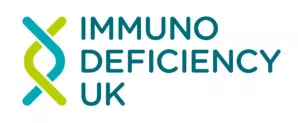Who needs to shield to protect themselves from COVID-19?
The UK government recommends that extremely vulnerable people follow rigorous shielding measures to keep them safe from COVID-19. According to the gov.uk website, people falling into the extremely vulnerable group include:
- Solid organ transplant recipients.
- People with specific cancers:
- people with cancer who are undergoing active chemotherapy
- people with lung cancer who are undergoing radical radiotherapy people with cancers of the blood or bone marrow, such as leukaemia, lymphoma or myeloma, who are at any stage of treatment
- people having immunotherapy or other continuing antibody treatments for cancer
- people having other targeted cancer treatments which can affect the immune system, such as protein kinase inhibitors or PARP inhibitors
- people who have had bone marrow or stem cell transplants in the last 6 months, or who are still taking immunosuppression drugs.
3. People with severe respiratory conditions, including all cystic fibrosis, severe asthma and severe COPD (chronic obstructive pulmonary disease).
4. People with rare diseases and inborn errors of metabolism that significantly increase the risk of infections (such as SCID and homozygous sickle cell).
5. People on immunosuppression therapies sufficient to significantly increase risk of infection.
6. Women who are pregnant with significant heart disease, congenital or acquired.
This advice has been produced in accordance with the guidelines published by UKPIN, the professional group representing Clinical Immunologists and immunology nurses, www.ukpin.org.uk/news-item/2020/03/24/covid-19-uk-pin-update
This article has been approved by the Chair of the Medical Advisory Panel. Posted 8th April 2020






